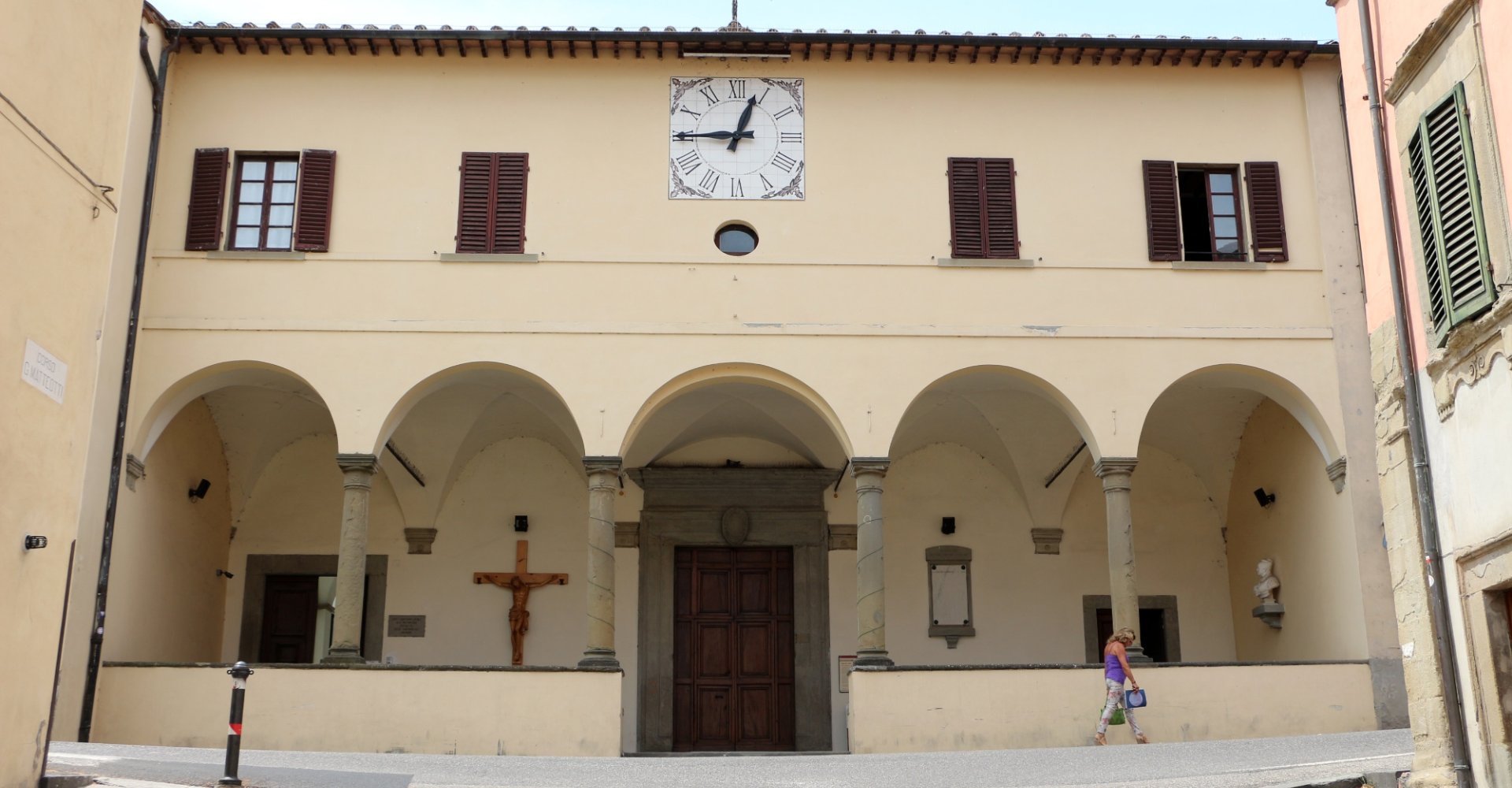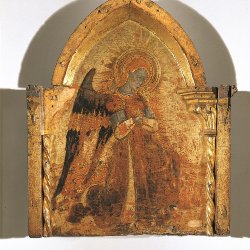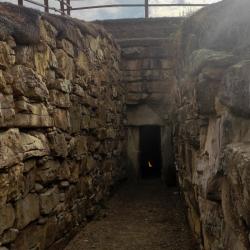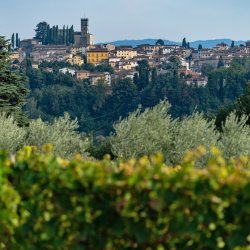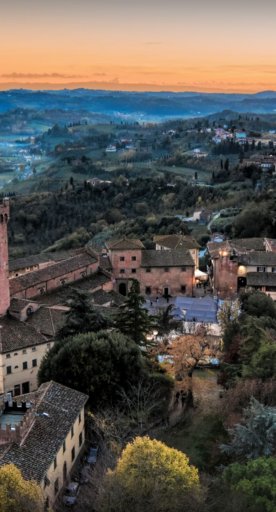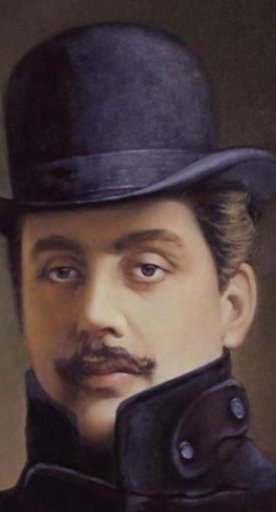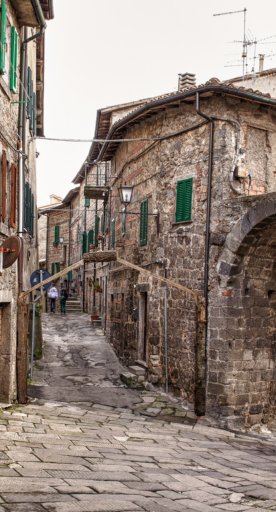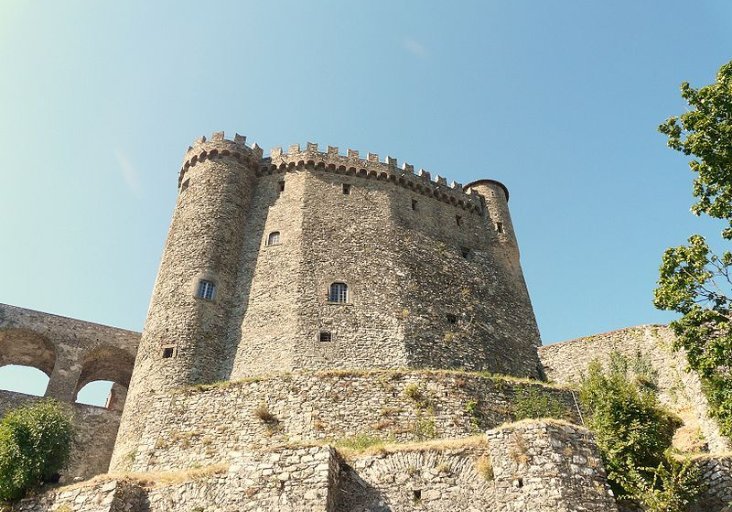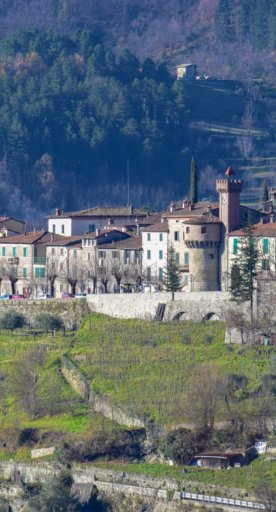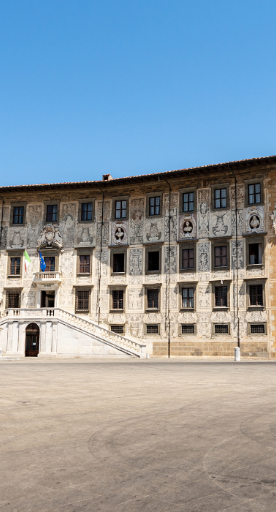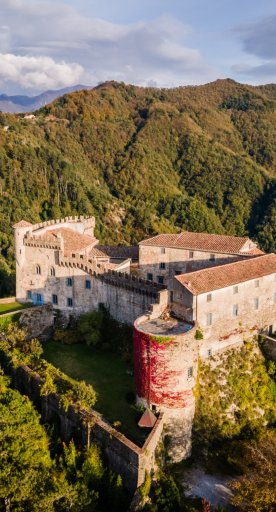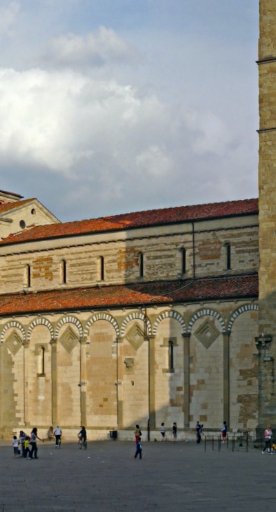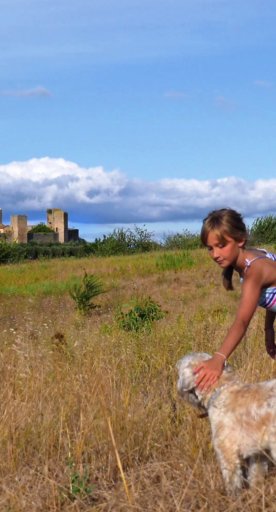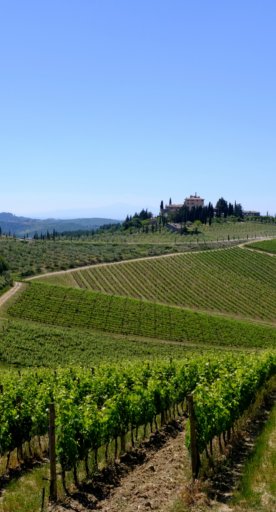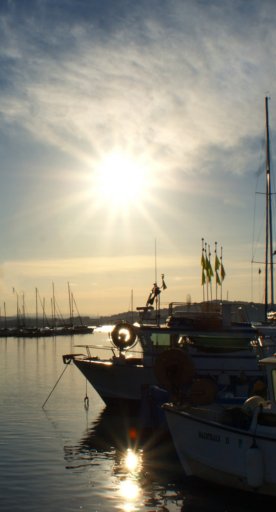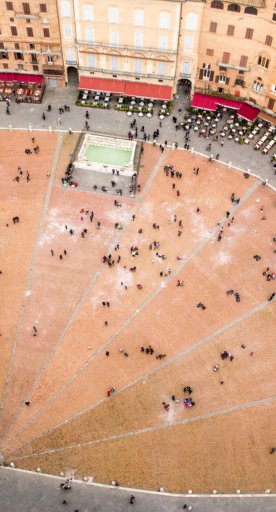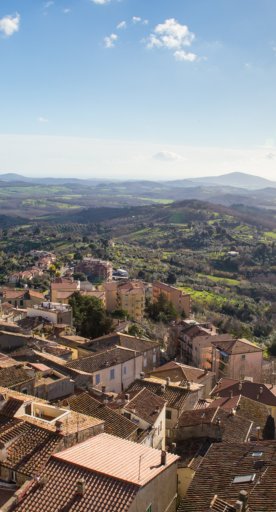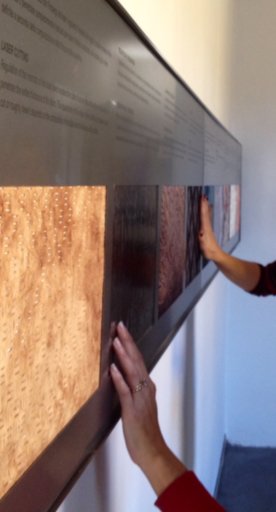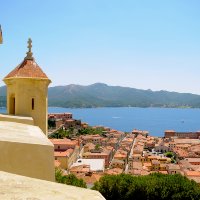Anghiari and its churches
Rich in religious architecture, boasting monasteries, churches and convents all waiting to be discovered
Nestled in the splendid Tuscan countryside, a few kilometers from Arezzo, in the Tuscan Valtiberina, Anghiari is a quaint medieval town with history to spare. A visit here and you won’t be surprised to discover that the town is included on not one, but three of the country’s most important lists, considered one of the Most Beautiful Villages in Italy, a recipient of the Bandiera Arancionefor excellent tourism standards and classified as a Slow City.
For those interested in the city’s medieval and Renaissance past, a good place to start is the many churches around town.
-
1.Church of Sant’Agostino
-
2.Abbey of San Bartolomeo
-
3.Church of Santa Maria delle Grazie
-
4.Church and Convent della Croce
-
5.Monastery of San Martino
-
6.Baptistery and Church of San Giovanni Battista
-
7.Church of Santo Stefano
-
8.Church of Santa Maria Maddalena
-
9.Corsi Chapel (Chapel of the Fallen)
Church of Sant’Agostino
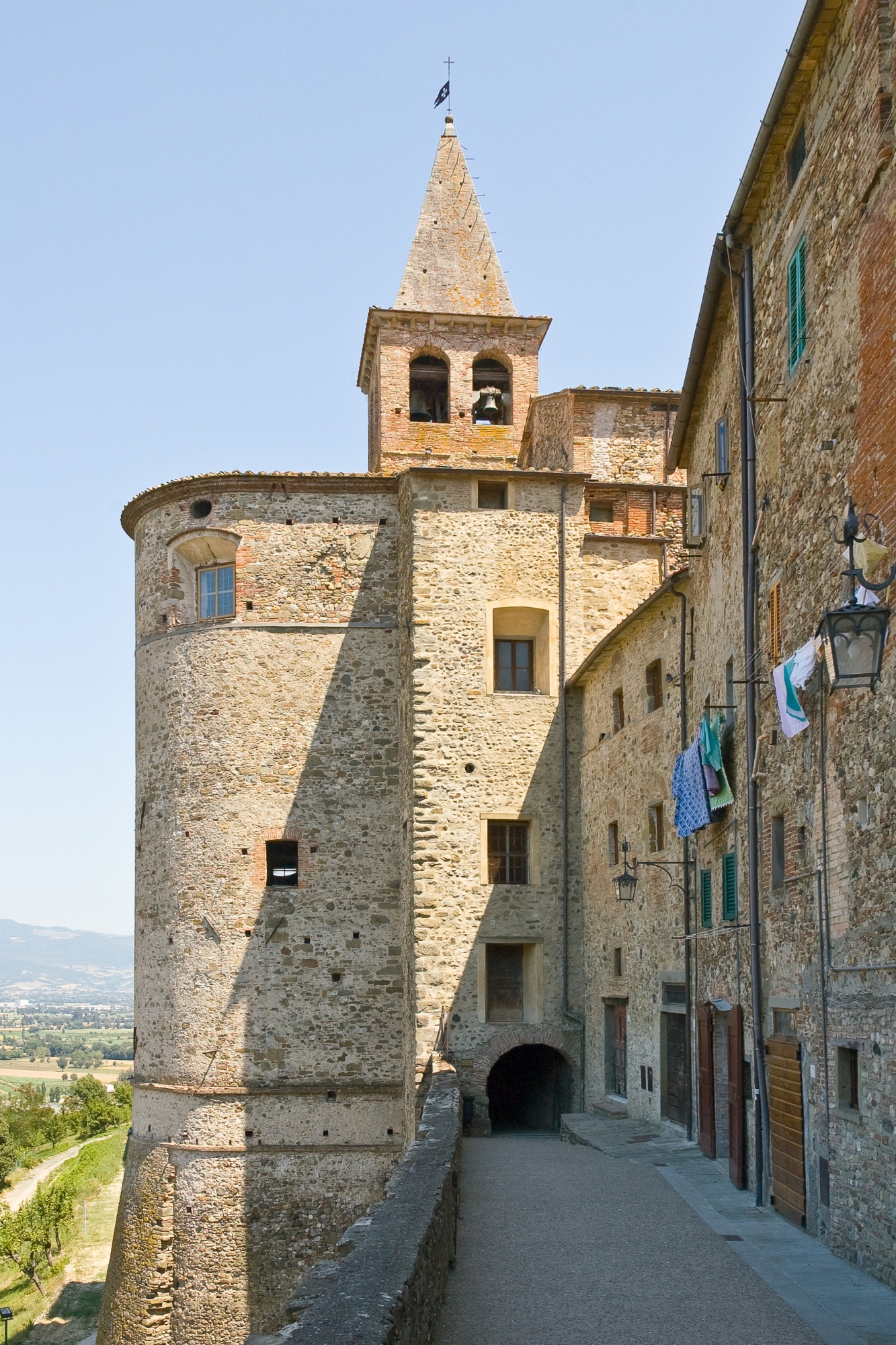
The origins of this church date to when Thomas Becket (the Archbishop of Canterbury) passed through the town in 1164. For the occasion, Rolando di Montedoglio, Bishop of San Bartolomeo, housed Becket in some coal sheds outside the town walls that had been converted into monks’ cells and an oratory dedicated to Saint Anthony. Fast forward to the 13th century, when a church dedicated to Saint Augustine was built on top of the oratory. The church was enlarged in 1464, but when the town moved into the hands of the Florentines, the whole area around the church was rebuilt and given the appearance we see today.
Abbey of San Bartolomeo
It’s believed that this church originally began as a rocky temple. The first documented evidence of such a building on the site dates to 1105, when it was part of the oratory of the Camaldolese Monastery dedicated to Saint Bartholomew and the first Christian place of worship inside the town’s walls. The church was rebuilt in the 14th century by the Tarlati family. Two important scultpures are housed inside: a Madonna and Child attributed to Tino di Camaino (about 1317) and a crucifix from the late 1300s. The bell tower is also interesting because of its square shape, four widows and lack of a spire.
Church of Santa Maria delle Grazie
This church was built between 1628 and 1740 and has been restored several times. The church is home to a glazed terracotta Madonna delle Grazie (behind the main altar) that comes from the workshop of Andrea della Robbia. Other important works of art in the church include two paintings by the Florentine artist Giovanni di Antonio Sogliani, a Last Supper and Washing of the Feet. Above the right altar is another interesting painting by Domenico di Bartolomeo Ubaldini (known as ‘il Puligo’), a Deposition from the Cross from 1515, which was declared by Vasari to be one of the artist’s best paintings.
Church and Convent della Croce

The church was founded in 1499 by the Confraternity of Santa Maria del Borghetto on the same spot where Saint Francis planted a cross. Construction was completed in 1534, when it was originally dedicated to Saint Francis of Assisi.The convent was enlarged in 1563 and a loggia was added to the church’s façade in 1565. The interior of the church has a single nave and is decorated with 16th- and 17th-century altars added by the most important families in Anghiari. These altars also show many 17th-century paintings from the Florentine school, such as a Rediscovery of the Cross on the main altar and the Immaculate Conception by Domenico Cresti, known as ‘il Passignano’.
Monastery of San Martino
This imposing building was originally the fortress of Castrum Anglaris, the medieval fortified town that went on to become modern-day Anghiari. It was originally three metres higher, with ramparts, and loomed over the small town from every angle. The original nucleus of the building included the ancient Abbey of San Bartolomeo,which had been transformed into a fort by the Perugians between 1337 and 1347. After Anghiari was conquered by the city of Florence, there was no more need for a fort in the town, so it was transformed into a monastery. During restoration work in 1956, many 12th- and 13th-century elements of the building were discovered.
Baptistery and Church of San Giovanni Battista
Construction of the church was completed in 1442. Before it was built, there wasn’t a baptismal font in the town and the local inhabitants had to go to nearby Micciano when they wanted to baptise a child. The entrance to the church has stood the test of time and even shows ‘1442’ inscribed on it, the year that the town’s need for a baptismal font was recognised by Pope Eugene IV. The font was moved in 1569 and placed in the Church of Santa Maria alla Sovara, and although the baptistery is no longer used for its original purpose, the wooden stairway and banister inside is still well-conserved.
Church of Santo Stefano

Outside Anghiari is the small Church of Santo Stefano. This church has been significantly altered over the centuries and was fully restored in 1970. It was originally a brick temple with a 12th/13th-century layout and style influenced by Byzantine and Ravennese architecture. There are three semi-circular chapels in the church. The exterior of the church is decorated with arches on each side from which the chapels emerge like apses. The chapels were probably meant to allude to the Holy Trinity, especially as this area was fought for by the Lombards, who had a strikingly different faith. Inside the church, the chapels are linked to the central nave by arches supported by Roman columns with Ionic decorations. The church is home to a 14th-century Madonna and Child with Saints by the Florentine artist Domenico di Michelino.
Church of Santa Maria Maddalena
This church was constructed between 1637 and 1746. It was presumably built on top of an older building that had once been a hostel for wayfarers dedicated to Saint Martin. The building is part of a larger structure which includes a courtyard surrounded by porticoes on two floors. The church’s façade has a simple stone architrave below an iron cross. The wooden door bears the inscription ‘1639’. The interior of the church is made up of a single nave with crossed vaults in the ceiling. There are late-Baroque stucco decorations on one of the vaults and a 17th-century fresco depicting the apparition of Christ to Magdalene.
Corsi Chapel (Chapel of the Fallen)
This chapel is part of a historic group of buildings built by Benedetto Corsi between 1777 and 1794. Also part of the group are Teatro Corsi (the theatre) and Palazzo Corsi. The church was built between 1777 and 1778 and was dedicated to Saint Thomas of Villanova, the patron saint of the Corsi family. The building has three vaults and a corridor running along the periphery which corresponds to an upper area that houses many 18th-century marble decorations laid out in a chromatic sequence. In 1900, the building was bought by the local authorities and a restoration committee was set up in 1919. The façade you see today was completed in 1925 by the architect, Remo Magrini.
